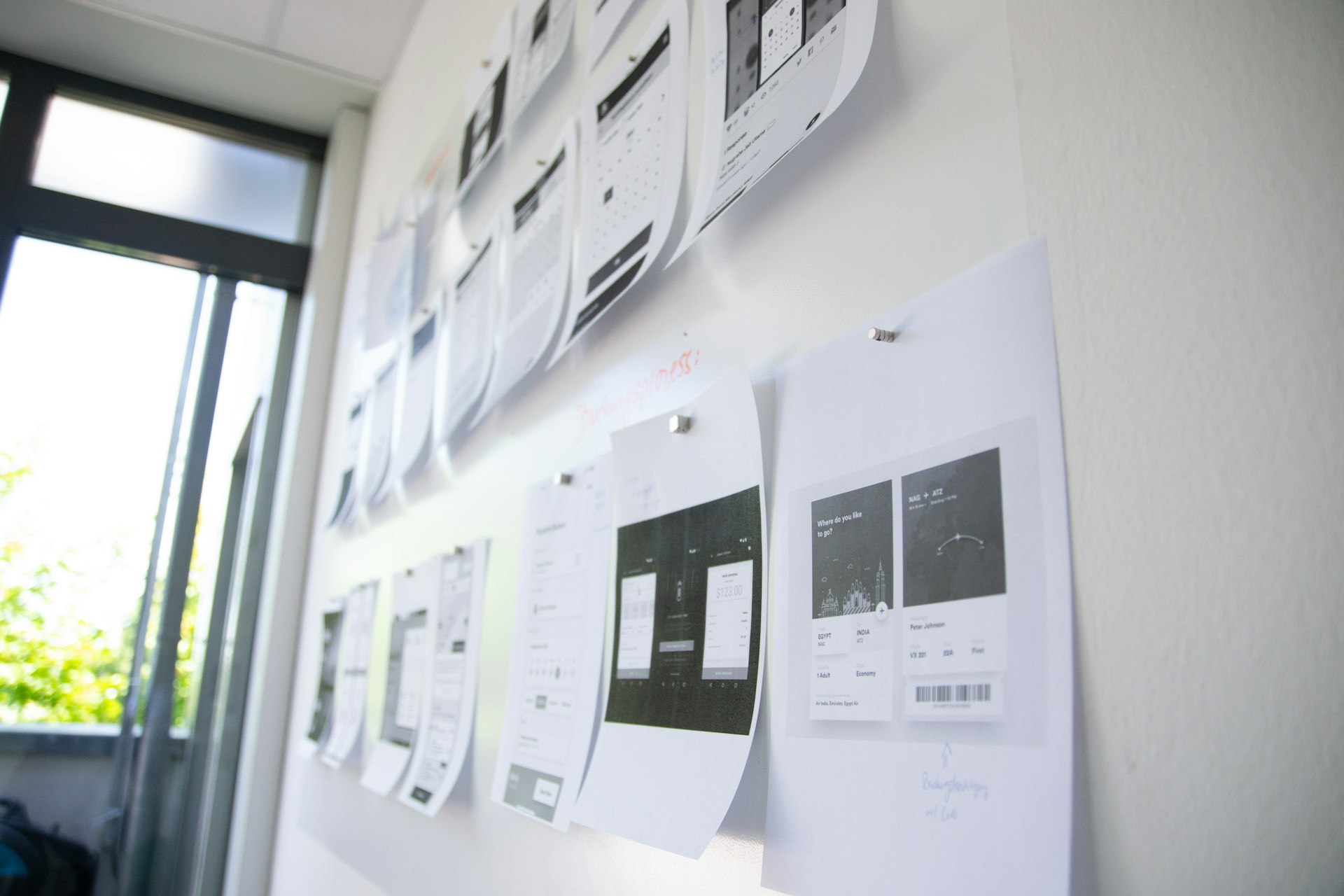Tracking and reporting on UX deliverables using user stories is a great way to that ensure alignment between user experience design and development teams. Here are some things to help you do this with success:
- Create User Story Maps:
- Develop a user story map that provides a visual representation of the user’s journey through the product.
- Arrange user stories in a logical order to show the flow of tasks and activities.
- Prioritise User Stories with the Product Owner and Other Stakeholders:
- Prioritise user stories based on their impact on the user experience and business goals.
- Assign priorities to each user story to guide development efforts.
- Important: Do this with the Product owners, but ideally with other project stakeholders and other departments.
- Define Acceptance Criteria:
- Clearly define acceptance criteria for each user story. This includes the conditions that must be met for the story to be considered complete.
- Use acceptance criteria to set expectations and ensure the design meets the required standards.
- Use Prototypes and Wireframes and Make Sure Developers Understand Them Through Clarification Sessions:
- Attach links or images of prototypes to corresponding user stories to provide a clear visual reference.
- Make sure you add annotations to provide additional context about interactions, visual elements, and behaviour.
- Most importantly, have clarification sessions with the development team to make sure there are no ambiguities and they can implement what is desired correctly.
- Utilise Design Systems:
- Implement and reference design systems to maintain consistency across user interfaces.
- Ensure that design system components are linked to corresponding user stories.
- Update Stories as Needed:
- Regularly update user stories to reflect changes in design or requirements.
- Use version control or annotation tools to track modifications and keep stakeholders informed.
- Include Usability Test Findings:
- Integrate usability test findings into user stories.
- Clearly communicate insights from usability testing to developers to inform design adjustments.
- Use Agile Tools:
- Leverage agile project management tools such as Jira, Microsoft Azure Boards, Trello or Asana to manage and track user stories.
- Ensure that the UX team has visibility into the development process and can make adjustments as needed.
- Conduct Regular Reviews:
- Schedule regular reviews and walkthroughs of user stories with the development team.
- Encourage feedback and address any questions or concerns promptly.
- Measure User Satisfaction:
- Consider incorporating metrics for user satisfaction, such as SUS (System Usability Scale), PSSQU (Post-Study System Usability Questionnaire), Net Promoter Score (NPS), and track improvements over time.
- Use feedback loops to continuously refine and enhance the user experience.


Leave a Reply